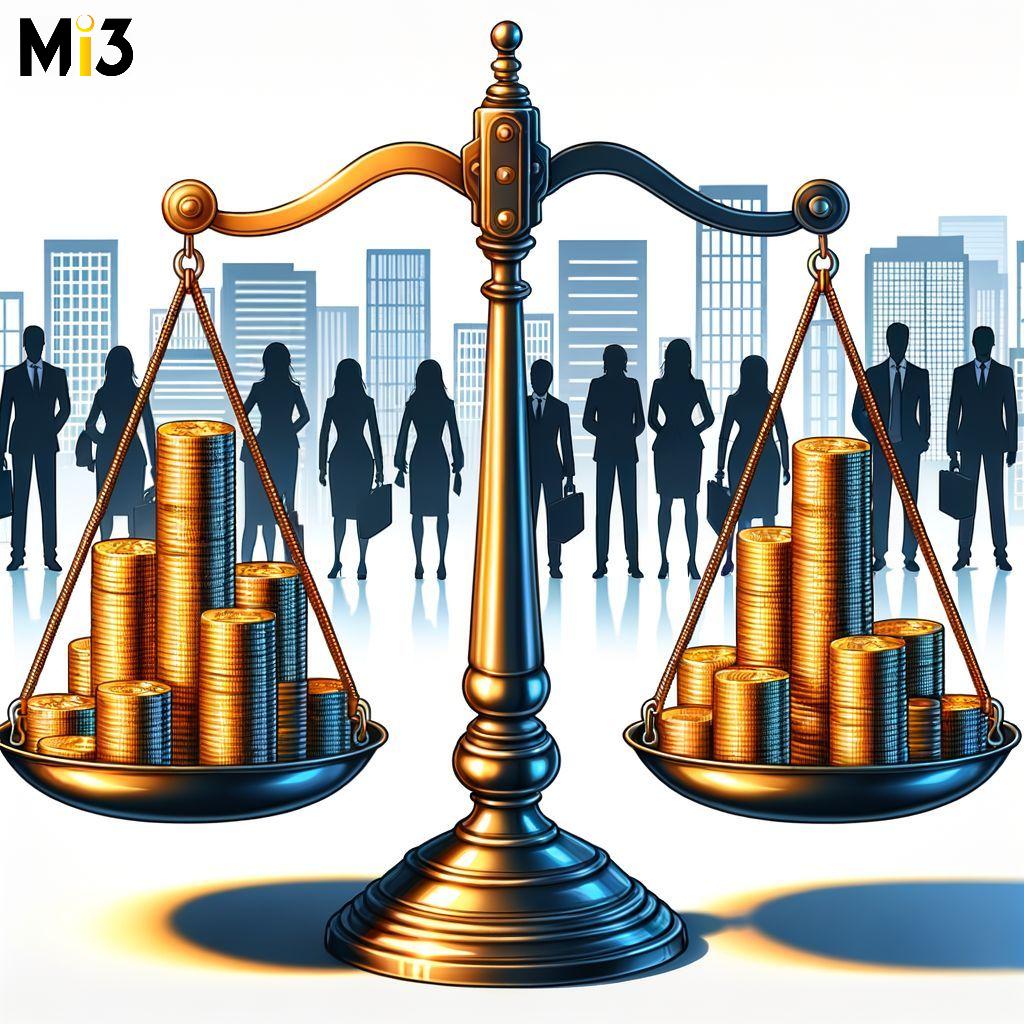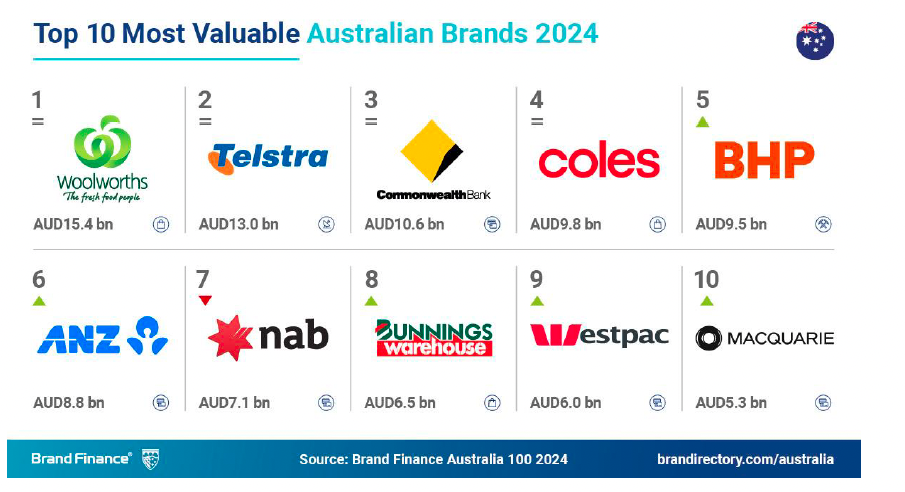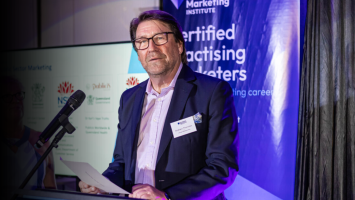WGEA reveals pay gaps up to 26% in Australia’s major media companies

The Workplace Gender Equality Agency (WGEA) has revealed pay gaps as high as 26% in some of Australia’s major media companies and a gap between 13% and 18% for most of the large multinational advertising holding groups.
For the first time, the WGEA has published data outlining the gender pay gap among private sector employers with a workforce of 100 or more employees. Data from almost 5000 Australian private sector employers is reflected in the figures. The national gender pay gap across all industries was 21.7%.
TrinityP3 analysed the submissions of over 30 media and adland employers and charted their results, noting that the media and marketing industry continues to struggle with female representation in their senior ranks, particularly at the board and senior management level.
Companies that had clear policies on the gender pay gap and who undertook regular payroll analysis performed better when it came to the gender pay gaps they reported to WGEA.
TrinityP3 Global Marketing Management General Manager, Lydia Feely, said: “Today’s release of the employer gender pay data is an important moment in understanding the ongoing disparity of pay for women in the workforce. The data shines a real light of transparency on the pay gap.”
Feely further noted the gender imbalance in senior roles. “This gap isn’t surprising when you look at both the senior management level and boards of major media and advertising companies, in particular in key roles like Key Management Personnel, Heads of Business or General Managers. The dominance of men in these roles remains startling.”
She emphasised the need for tangible policies to support both men and women. “This is about having tangible policies to support both men and women when it comes to things like parental leave, flexible working but also workplaces looking at their pay policies, value contribution and ensuring they aren’t systematically paying men more than women for the same level of work.”
TrinityP3 CEO, Darren Woolley, said: “TrinityP3 was really proud two years ago to move to lift the bar, in our industry, on some of these key issues.”
Feely said there was a need for a collective focus on this issue. “This is an area that needs all of us to focus more on it. We all want a workplace where we are paid equitably and also feel included, supported and safe. Most business leaders want to do the right thing but it’s not always easy or simple and we have to support them in doing so. The new data today is a good first step that will hold business leaders accountable but there is also a lot more to do.”
OOh!Media was one of multiple out-of-home companies, alongside JCDecaux, that reported results that deviated from the industry trends, with a negative gender pay gap that saw female employees earning 2.2% more than their male counterparts on average. That figure does not include CEO salary data, which will not be mandatory for WGEA reporting until April 2024.
Women account for 48% of oOh!’s workforce of 800, and 50% of senior leadership. The company has implemented several initiatives to address gender equality, including additional gender pay equity analysis for the Board, its subcommittees and CEO annually, measures to reduce bias in performance reviews, promotion processes and recruitment, targeted individual development plans for women, and investment in industry programs such as NGEN and Future Women.
“oOh! strives to maintain an industry leading position in Diversity, Equity and Inclusion (DEI). Beyond this result, we remain focussed on driving positive change for women, which will continue to support our position on gender pay equity,” said oOh!media CEO, Cathy O’Connor.
“One of the drivers of this positive result is oOh!’s salesforce, which is traditionally a male-led profession. We have strong female representation in this part of our business, and as someone who started and built their career in media sales, I understand there’s so much opportunity for women to grow and develop in this space. We have seen just how women are bringing in revenue and driving strong pay outcomes, and it is important for businesses to mentor and support this talent.”






